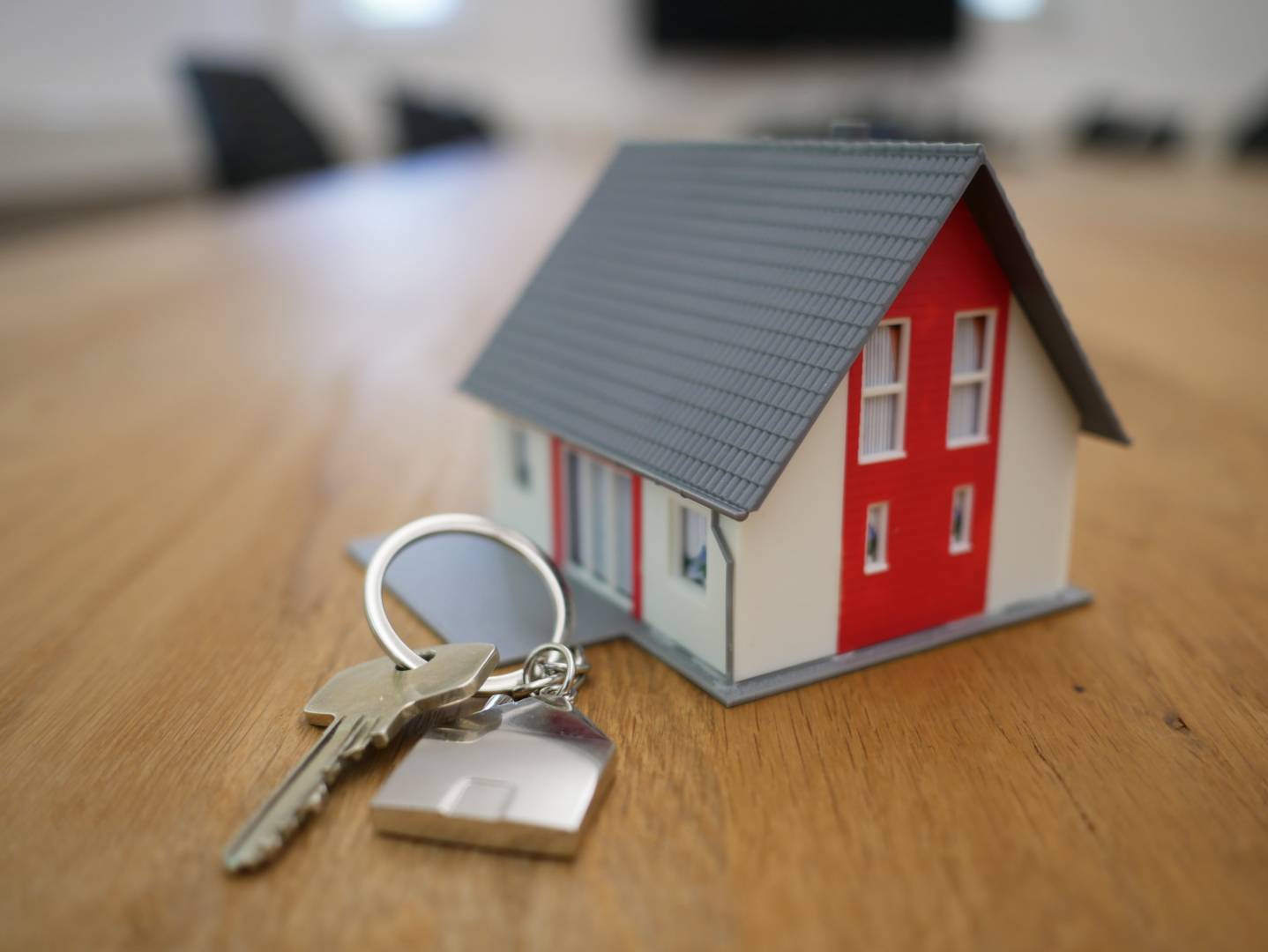
Understanding Portuguese Housing Terminology
What does T or V mean when relating to property in Portugal?
In Portugal, if you follow property, the first letter seems to express the type of the property; T = Apartment and V = A Detached Villa.
You will see many variations across the internet and in the Expat forums with people expressing their views on the matter. However, having spoken to many Real Estate Agents in the know, it seems that the use of the V is very uncommon and the T is regarded as the standard. T = Typology.
The number after that donates the number of bedrooms (Meaning a living room, office, store room or any other room is not included in the T categorisation)
Therefore, a T2 is a two bedroom apartment. The T can be applied to any size of property and is defined by the licenced document of the property.
T0
Studio apartment.
You may come across the term T0. This terminology usually means that the property is a studio apartment (One with no separate bedrooms, with the bedroom and a sitting room combined in the same single room), Usually, T0 apartments have a kitchenette that is not a separate room but can be defined so by a division.
This terminology can also be applied to very small single room dwellings that you may find in renovated old ruins.
T1
Usually a T1 indicates a one-bedroom apartment or dwelling.
T1+1
Would mean a 1 bedroom dwelling with an additional room that could be converted or used as a bedroom. Usually the room is an internal one with no windows, but it could be used as another bedroom. Be aware that these rooms may not be legalised officially, although they are officially allowed to exist and be sold as such.
T2, T3, T4 and so on.
It follows logically that a property with The T prefix or V prefix donates the number of bedrooms of the property and all of the + features apply to all categories. So a T4+2 is a licenced 4 bedroom property with two internal rooms that could be used as bedrooms but are not necessarily defined as part of the original the plans of the property.
There is much confusion surrounding the T's and V's and often the information available online can be contradictory and misleading.
Despite that, be assured that property typology is definitely defined by the number of bedrooms according to the regulations that apply to Portuguese property.
If Duplex is mentioned it usually means an apartment set over two levels.
The law regarding the constitution of dwellings.
According to Decree-Law no. 650/75 of 1975, the compartments (Or divisions) and types of property, (Note the absence of the V) should not be less than:
Typology T0 T1 T2 T3 T4 T5 T6
Compartments 2 3 4 5 6 7 8
This can be puzzling as there are T0 properties on the market where all of the property is contained within one room with the exception of the bathroom, as the above mentioned number of compartments in law does not include: vestibules, toilets, pantries or other similar functioning compartments.
As said, property typology is defined by the number of bedrooms so T0 means 0 separate bedrooms, but according to the rules should include at least two compartments or divisions. We think the true definition of a division should be specified but unfortunately it appears that it is not. It is also not clear if a temporary division is allowed to ensure that the dwelling conforms to the law.
Other Property Features
According to the Ministry of Housing and Public Works, November 19, 1979, are these other characteristics of real estate:
Title of the fraction
In horizontal property, the autonomous fractions for housing should be indicated in each line, simultaneously referring to the floor and the side or letter (eg 1st, left, 4th, front, 2nd, right, 3, A, 3, B, 3, C, etc.).
Typology
The typology (T ( n = number of bedrooms) of each dwelling should be indicated (eg four-room house - three bedrooms and living room - should indicate T3) There is no however no mention of the term V.
Gross area
Is the total area of the property, measured by the outer perimeter of the outer walls and axis of the walls separating the real estate, and includes private balconies, accessory places and the corresponding share in the
common circulations of the building. This must be indicated in square meters.
Living area
Is the sum of the areas of the housing compartments, except for vestibules, interior circulations, toilets, pantries and other similar functioning compartments, and is measured by the interior perimeter of the walls that limit the property, discounting walls. Interiors, partitions and conduits. This must be indicated in square meters.
Useful area
Is the sum of the areas of all housing compartments, including vestibules, interior circulations, toilets, and utility rooms; other similar function compartments and wall cupboards, and is measured by the interior perimeter of the walls that limit the housing, discounting interior walls, partitions and conduits. This must be given in square meters.
Area of balconies and balconies
Area of surfaces not enclosed in direct connection with the property, at its disposal, and provided they are covered. Uncovered balconies and balconies should be included in “Terraces”. These must be indicated in square meters.
Terraces: Areas of uncovered paved surfaces available to the property. These must be indicated in square meters.
Detached collections of housing
Indicate for each case the respective useful area in square meters.
Private garage
Indicate for each case the respective useful area in square meters.
Share of the collective garage
Must be indicated in square meters the share of the useful area of the collective garage corresponding to the property.
Unpaved uncovered spaces
Area of unpaved uncovered surfaces available to the property. These must also be displayed in square meters.
All in all, the system of recognition is identified by the (T) or (T+) Typology of the property and these are the markers you should become familiar with when purchasing Portuguese property. Remember that a T+ may not necessarily match the properties drawings or be familiarised with the local finances department.
KipperTree Admin
